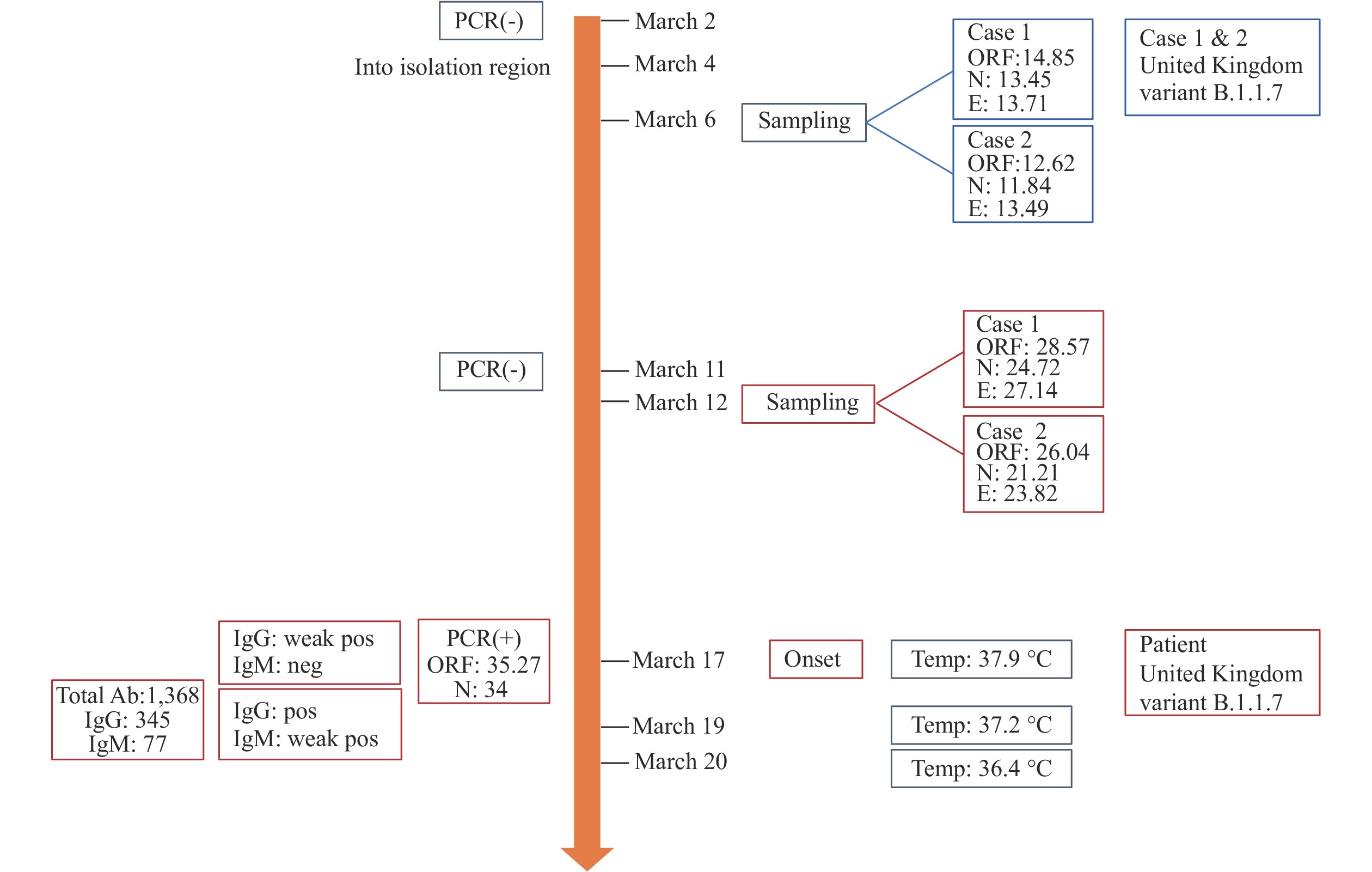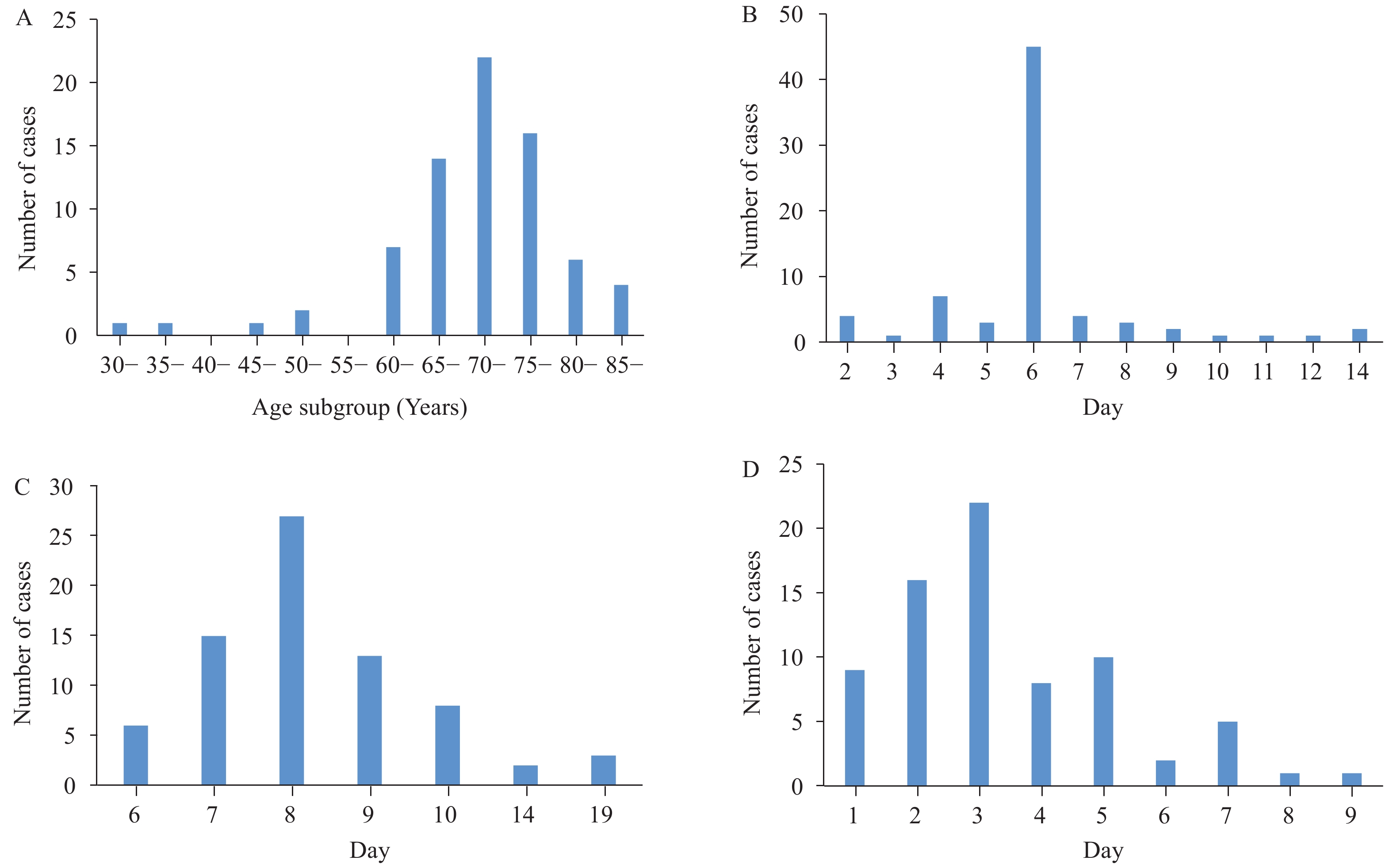2021 Vol. 3, No. 19
Healthcare workers are at high risk of acquiring COVID-19 from occupational exposure to COVID-19 virus during their daily medical service work. Excellent infection prevention and control measures and adequate personal protective equipment (PPE) are essential to reduce the risk of hospital-acquired COVID-19.
On March 17, 2021, a female healthcare professional who already received both doses of the COVID-19 vaccination and was working in the isolation area of a designated COVID-19 hospital was diagnosed with COVID-19 in Xi’an city. Her exposure likely occurred five days before illness onset when she obtained nasopharyngeal and oropharyngeal swabs from the two imported cases that were identified as belonging to the B.1.1.7 lineage, the variant first detected in the United Kingdom.
Since the healthcare worker had been fully vaccinated and had mild symptomatology, it is considered a mild breakthrough infection. All vaccines are associated with breakthrough infections. In addition to rigorous adherence to infection prevention and control measures, use of adequate PPE, and using good clinical practices, the potential role of chronic upper respiratory infection in acquiring COVID-19 during medical procedures deserves further consideration.
Coronavirus disease 2019 (COVID-19) is widespread globally. In China, COVID-19 has been well controlled and has appeared only in importation-related cases. Local epidemics occur sporadically in China and have been contained relatively quickly.
Epidemiological investigation with genome sequence traceability analysis showed that the first case of COVID-19 in Nangong City acquired infection from a confirmed case from Shijiazhuang City; infection subsequently led to 76 local cases. All cases were associated with the index case, and most were located in Fenggong Street and did not spread outside of Nangong City. The main routes of transmission were family clusters, intra-unit transmission, and nosocomial transmission.
This study highlights new techniques for rapidly tracing cases and identifying COVID-19 transmission chains. The different epidemiological characteristics in Nangong City, from the earliest stages of the outbreak, suggest that allocation of health sources for prevention and treatment were reasonable. Preventing transmission within medical institutions and isolation facilities and strengthening management in the community should be priorities for COVID-19 control during a city lockdown.
What is already known on this topic?
Contact tracing and testing with isolated medical care of identified cases is a key strategy for interrupting chains of transmission of COVID-19 and reducing mortality associated with COVID-19. At the early phases of the COVID-19 pandemic, due to test capacity limitations, case finding often started from suspected cases.
What is added by this report?
The index patient infected 74 individuals who were close contacts that were identified through contact tracing, and exposed individuals were monitored in quarantine with daily polymerase chain reaction (PCR) testing. All individuals were asymptomatic initially, but all PCR-positive individuals eventually developed symptoms. Infectivity was documented up to 8 days before being confirmed as a symptomatic case, approximately 4 days before turning PCR positive.
What are the implications for public health practice?
During an outbreak, we suggest tracing close contacts from both PCR-positive individuals and suspected cases, rather than from suspected cases alone. Due to the long period of infectivity before turning PCR positive or developing symptoms, close contacts that had contact with a newly PCR positive case within 4 days should be judged as at risk of being infected; close contacts that had contact within 8 days of a newly symptomatic case should be judged as at risk being infected.



 Subscribe for E-mail Alerts
Subscribe for E-mail Alerts CCDC Weekly RSS Feed
CCDC Weekly RSS Feed



